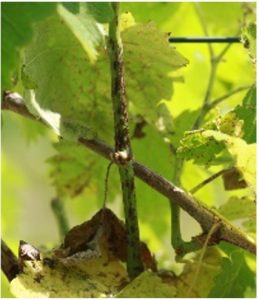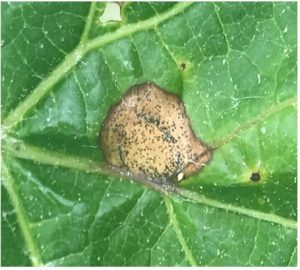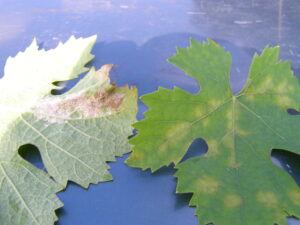Program Details
The Food Safety Certification for Specialty Crops Program (FSCSC) will assist specialty crop operations that incurred eligible on-farm food safety certification and related expenses related to obtaining or renewing a food safety certification in calendar years 2022 and 2023. For each year, FSCSC covers a percentage of the specialty crop operation’s cost of obtaining or renewing their certification, as well as a portion of their related expenses.
To be eligible for FSCSC, the applicant must be a specialty crop operation; meet the definition of a small business or very small business; and have paid eligible expenses related to the 2022 (issued on or after June 21, 2022) or 2023 certification.
Specialty crop operations may receive assistance for the following costs:
- Developing a food safety plan for first-time food safety certification.
- Maintaining or updating an existing food safety plan.
- Food safety certification.
- Certification upload fees.
- Microbiological testing for products, soil amendments and water.
- Training
FSCSC payments are calculated separately for each category of eligible costs. A higher payment rate has been set for socially disadvantaged, limited resource, beginning and veteran farmers and ranchers. Details about the payment rates and limitations can be found at farmers.gov/food-safety.
Very small ($250,000) and small farms (less than 500,000) average monetary value of specialty crops sold during the 3-year period preceding the program are eligible.
| Payment Amount of Eligible Costs | ||
| Category of Eligible Expenses | Historically Underserved Farmer or Rancher | All Other Applicants |
| Development of a food safety plan for first-time certification | 75 percent (no maximum)
|
50 percent (no maximum)
|
| Maintaining or updating a food safety plan
|
75 percent, up to a maximum of $375
|
50 percent, up to a maximum of $250
|
| Food safety certification
|
75 percent, up to a maximum of $2,000
|
50 percent, up to a maximum of $2,000
|
| Certification upload fees
|
75 percent, up to a maximum of $375
|
50 percent, up to a maximum of $250
|
| Microbiological testing – products
|
75 percent, up to 5 tests
|
50 percent, up to 5 tests
|
| Microbiological testing – soil amendments
|
75 percent, up to 5 tests
|
50 percent, up to 5 tests
|
| Microbiological testing – water
|
75 percent, up to 5 tests
|
50 percent, up to 5 tests
|
| Training
|
100 percent, up to a maximum of $300
|
100 percent, up to a maximum of $200
|
Applying for Assistance
The FSCSC application period for 2022 is June 27, 2022, through January 31, 2023, and the application period for 2023 will be announced at a later date. FSA will issue payments at the time of application approval for 2022 and after the application period ends for 2023. If calculated payments exceed the amount of available funding, payments will be prorated.
Interested specialty crop producers can apply by completing the FSA-888, Food Safety Certification for Specialty Crops Program (FSCSC) application. The application, along with other required documents, can be submitted to the FSA office at any USDA Service Center nationwide by mail, fax, hand delivery or via electronic means. Producers can visit farmers.gov/service-locator to find their local FSA office. Specialty crop producers can also call 877-508-8364 to speak directly with a USDA employee ready to assist.
Producers can visit farmers.gov/food-safety for additional program details, eligibility information and forms needed to apply.



